Director Nathan Budd introduces his latest documentary collaboration with Helen Macdonald, which airs tonight on BBC Four.
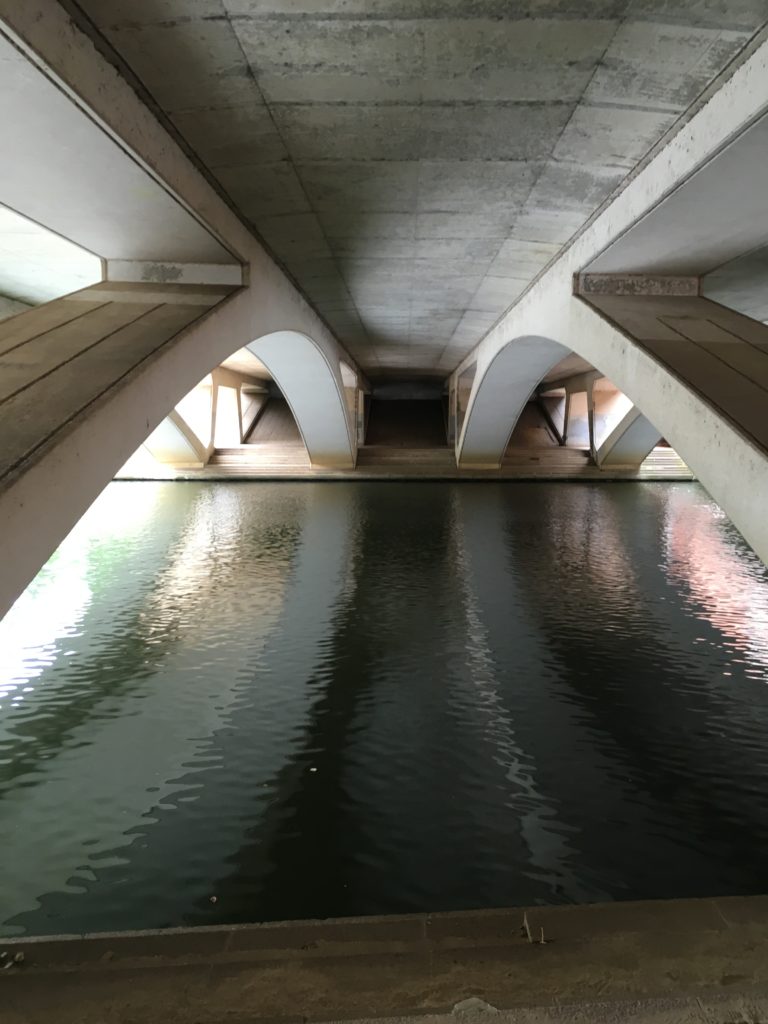
Last year we followed Helen Macdonald searching for wild places and wild things from source to sea along Britain’s biggest river. This time the idea was to follow Helen on a lap of our busiest road.
Helen’s target was to explore how the natural world copes with living alongside the M25. There aren’t many guidebooks to our least-loved motorway. But the required reading before filming started was London Orbital – Iain Sinclair’s psychogeograpical epic that also traces the M25’s endless loop. Written in 2002, it’s a 600-page long rant against New Labour, roadside retail parks and unsuitable footwear. Sinclair also details the tortuous history of planning our longest ring road, and the battles fought over plotting the M25’s path through London’s green belt. That helped narrow down the spaces we first thought to film.
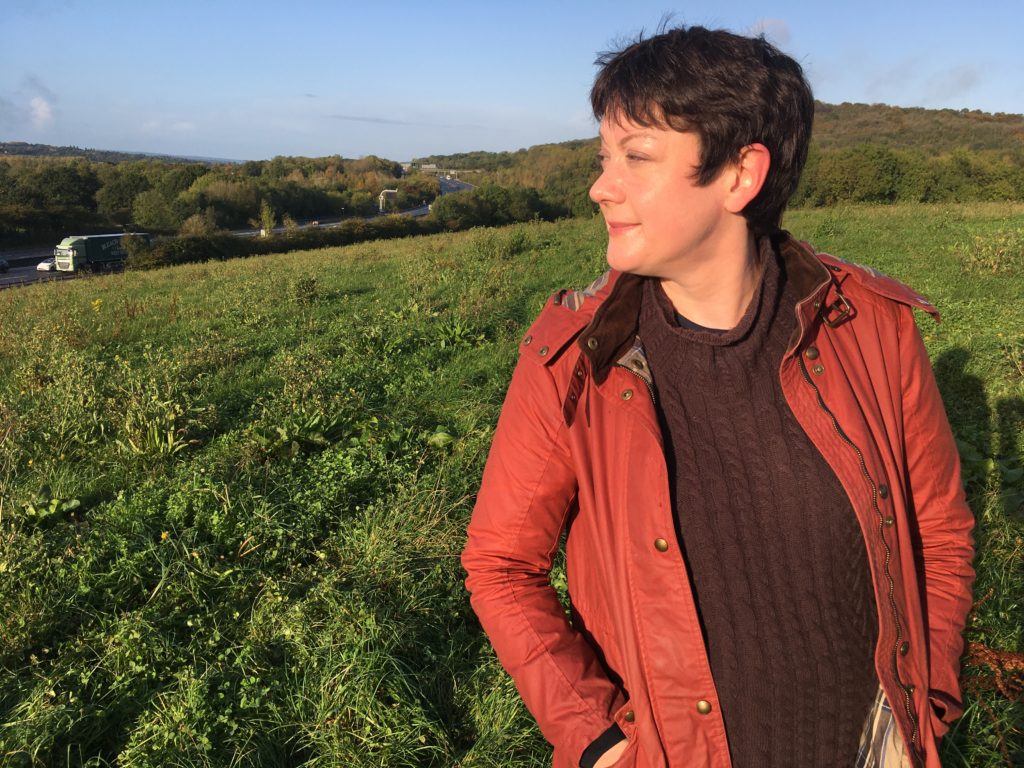
Motorways aren’t an obvious site to search for wild places, so setting up the filming was trickier than for the Tay. BBC4 documentaries don’t give you the time or budget to recce every possible location option beforehand.
On the Tay, the lack of recce time wasn’t a problem – it’s easy to explore the riverside landscape remotely. A Google search brings up hundreds of options for picturesque locations. But because motorways don’t attract many landscape photographers, finding the best spots to film the M25 proved harder. The few dead-end roads that run right up to its noisy edges often seemed to lead to the sorts of businesses that deliberately don’t want to be discovered. Many times my little Google Streetview man simply refused to be dropped off at otherwise promising-looking spots.
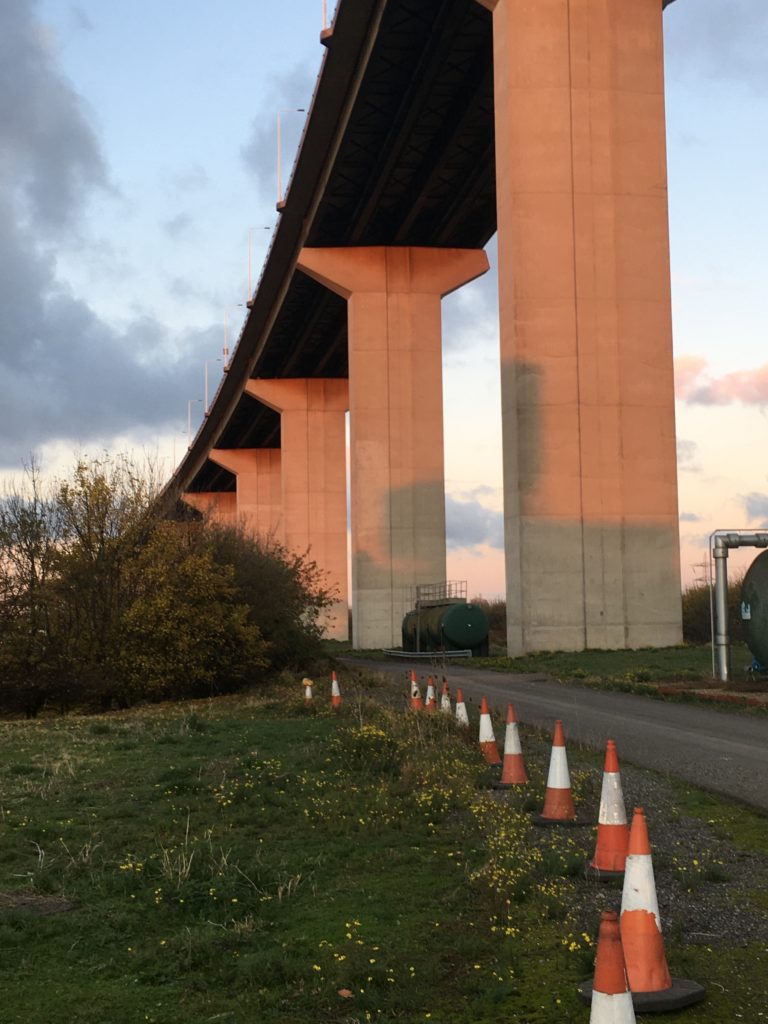
Luckily I live fairly close to the motorway’s northern edge. So when I couldn’t find a photo, I took weekend cycle rides to the spots where streams trickle beneath the motorway, or where we could get a camera close enough to look for life in the wild verges. I even brought my (slightly reluctant) daughter along on one Sunday morning trip to Rainham Marshes.
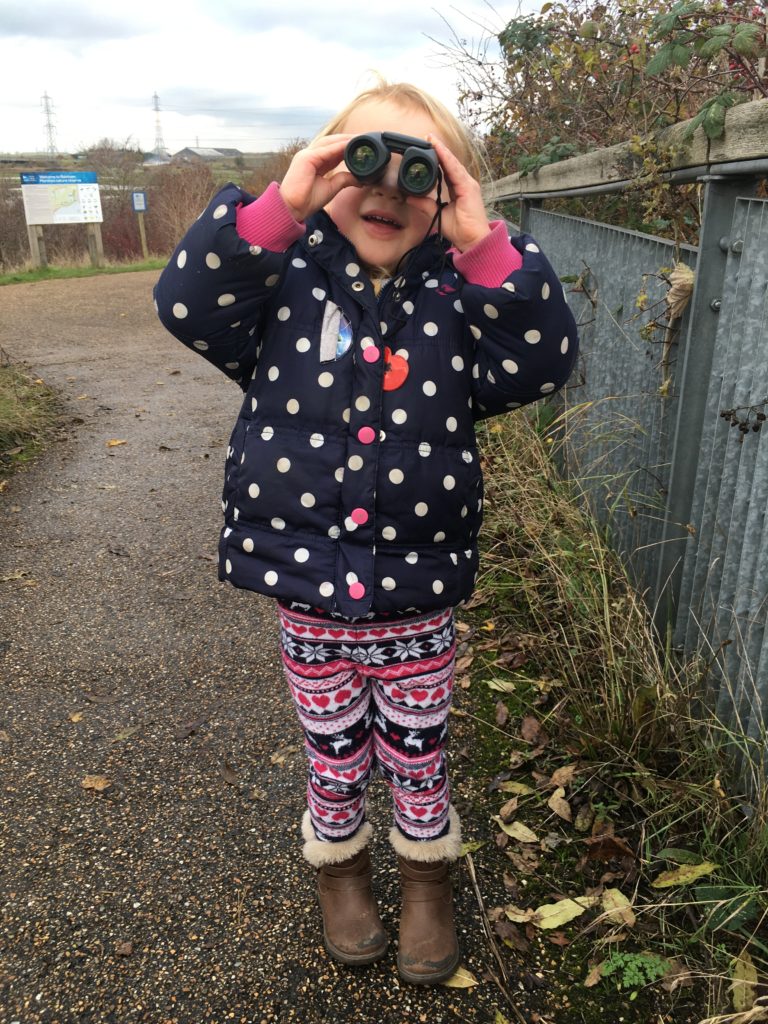
At the start of filming it was always much more tempting to turn away from the motorway and search for wild beauty along the edges. The constant, disorienting noise and the violent speed of the traffic made it hard to focus on capturing the roadway on camera. But in the edit we found that once you turn down the sound and slow down the images, there is a sort of beauty even to the M25. Helen is a huge fan of J.G. Ballard, another author who celebrated the unnamed and unloved spaces our infrastructure creates. And along the way we made sure to stop off at his semi in Shepperton to pay homage.
We set out with the dream of capturing soft October sunlight falling on golden roadside leaves. Our filming window instead captured the 5th wettest autumn on record. Every day it rained. The endless grey meant Helen had to focus her attention on organisms that thrive in damper corners. Mosses clinging to the concrete bridges, and the fungi we found sprouting by the roadside are my personal stars of the show.
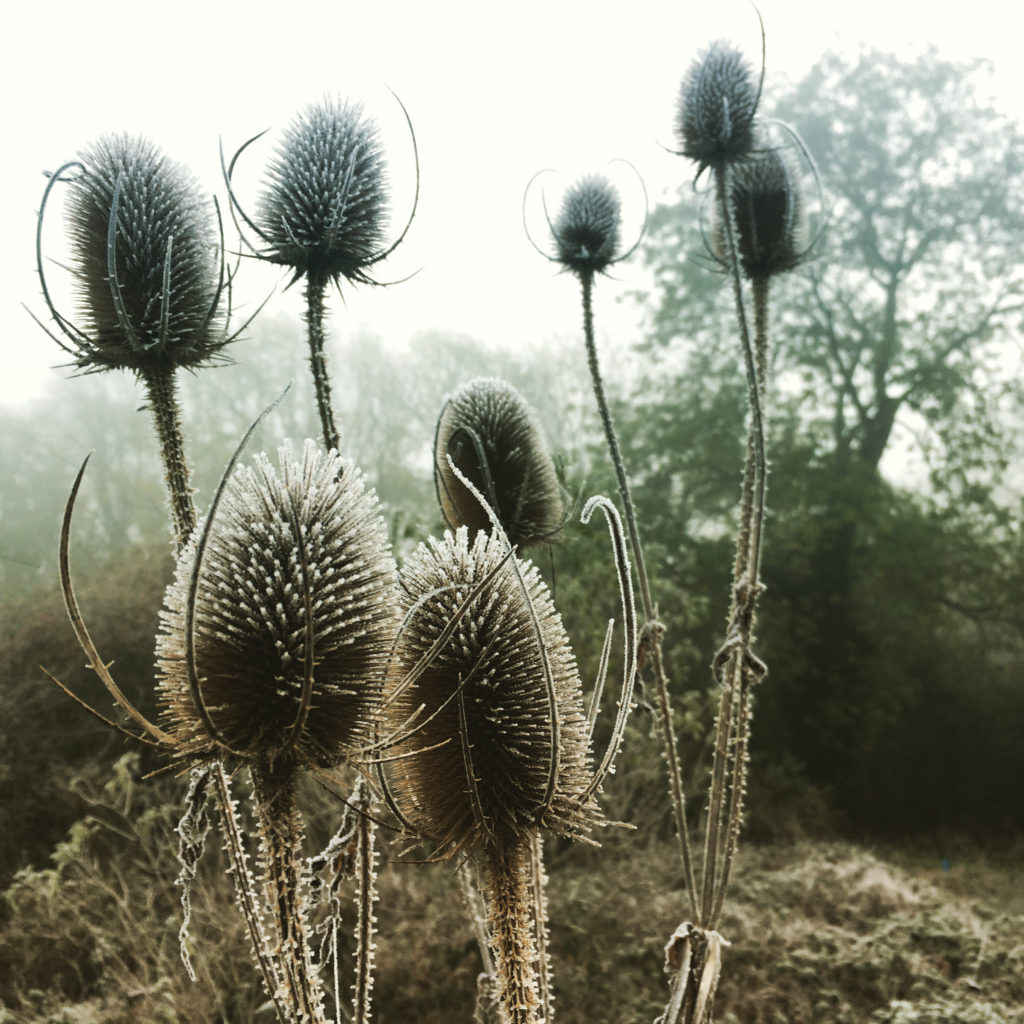
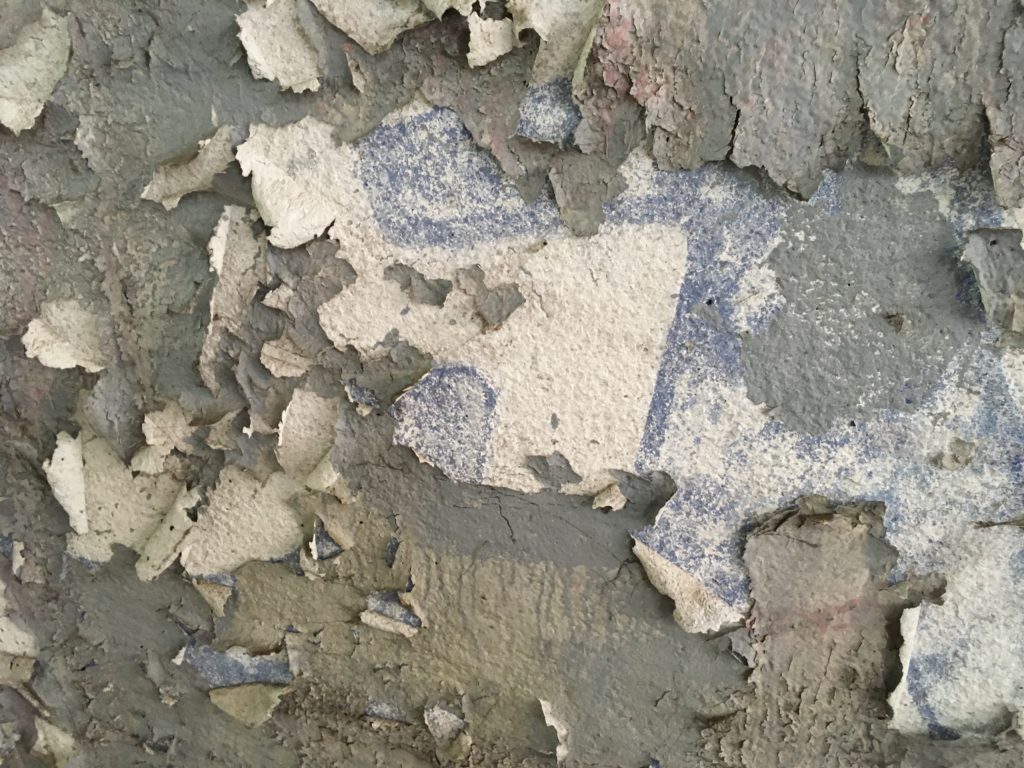
We did manage to film some more traditionally magnificent beasts – fallow deer rutting in the rain in Epping Forest, and kestrels hovering above the shower-soaked verge near Heathrow. We had a few moments of luck – a rainbow appeared behind Helen just as she was describing Samuel Palmer’s hyper-real paintings of Kent’s Darent Valley. And on a former rubbish tip near Cheshunt we stumbled across a lone hunting fox, seemingly oblivious to us and the rush hour traffic mere metres away.
The road passes over some fine rivers. It crosses the Thames twice – first between the industrial riverbanks of Thurrock and Dartford. And then again at the rather more refined Runnymede in Surrey. As a motorist you have no idea that you’re sailing across the UK’s widest road bridge, a soaring single arch designed by Edwin Lutyens. We also searched for trout spawning along the beautiful river Chess, a chalk stream that dives beneath the road through a nondescript culvert near Chorleywood. But my favourite place were the disused Royal Gunpowder Mills in Waltham Abbey. Hidden along a side channel of the river Lea, they’re a filmmaker’s paradise of vast brick buildings slowly being reclaimed by brambles.
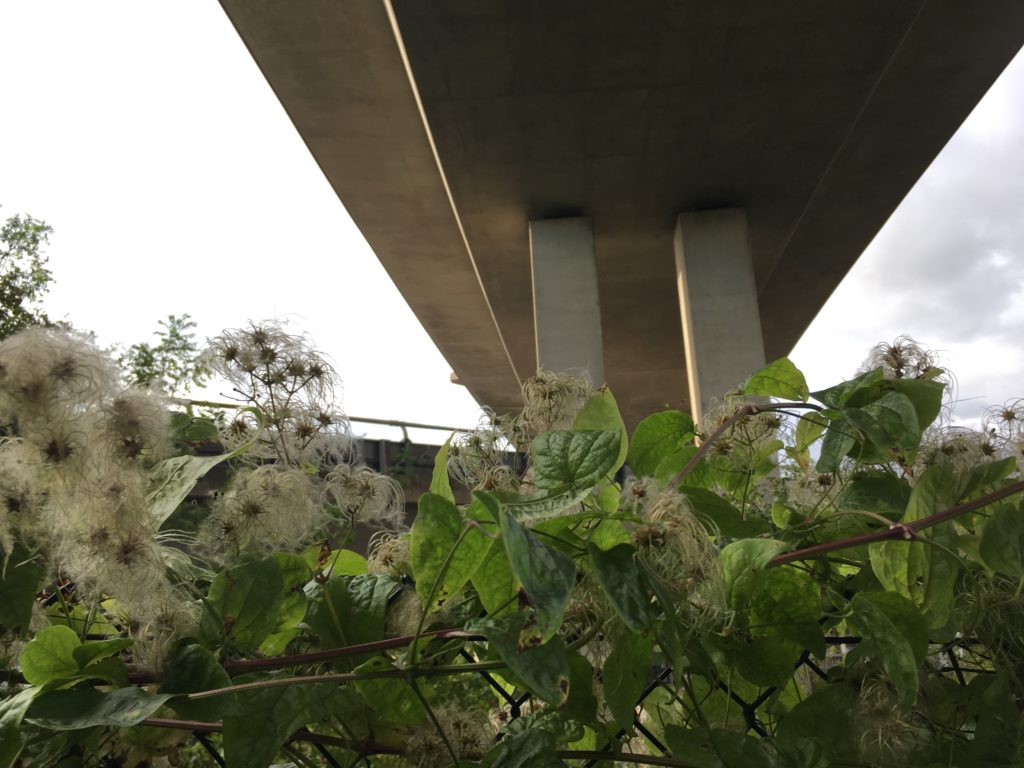
In a part of England where wild spaces are scarce, motorway edges are becoming increasingly valued sanctuaries for biodiversity. Compared to nearby farmland they often offer a relatively pesticide and fertiliser-free wildlife corridor. And as we found out, although a quarter of a million people might drive along the same stretch of road every day, reaching that same roadside on foot can be really hard. So animals that can tolerate noise and traffic can otherwise live relatively safe from disturbance. In a world where we can’t really pretend we don’t have a huge influence on wildlife, motorway edges do seem to offer a little bit of hope for the future.
*
‘The Hidden Wilds of the Motorway’ is a Rare TV production for BBC4, showing at 9pm tonight, and on iPlayer thereafter.